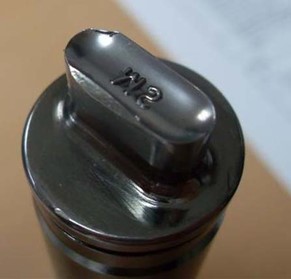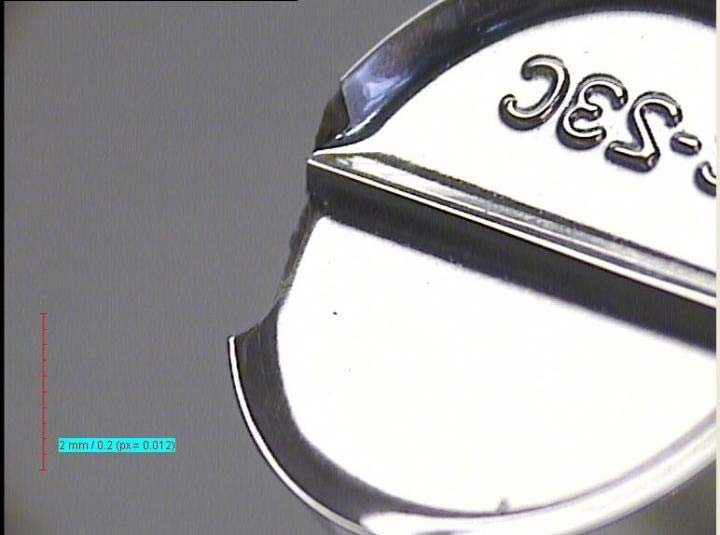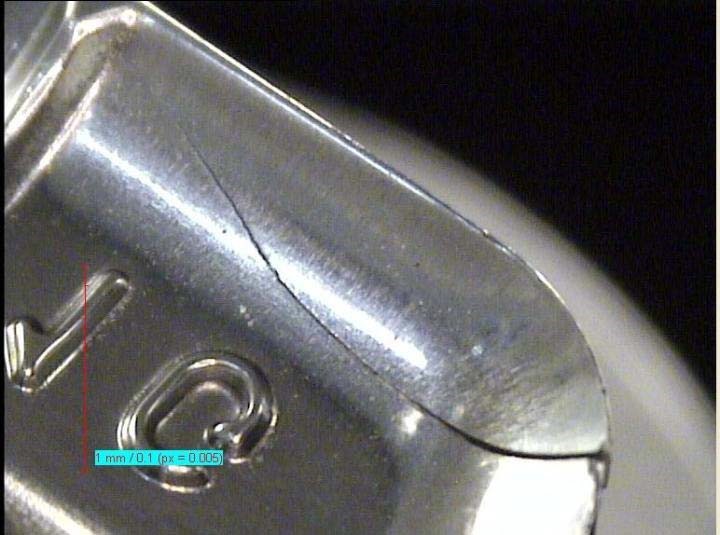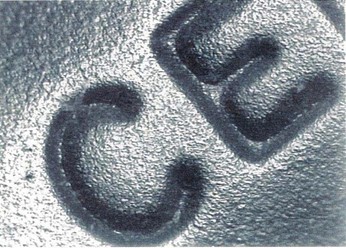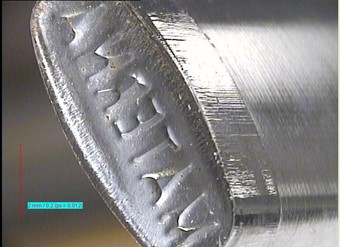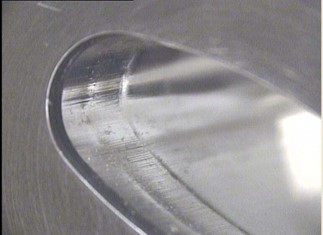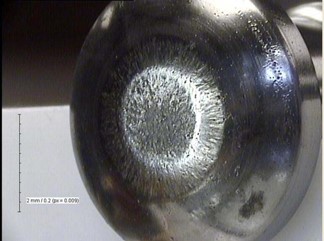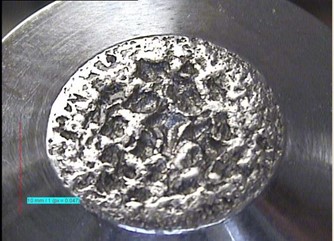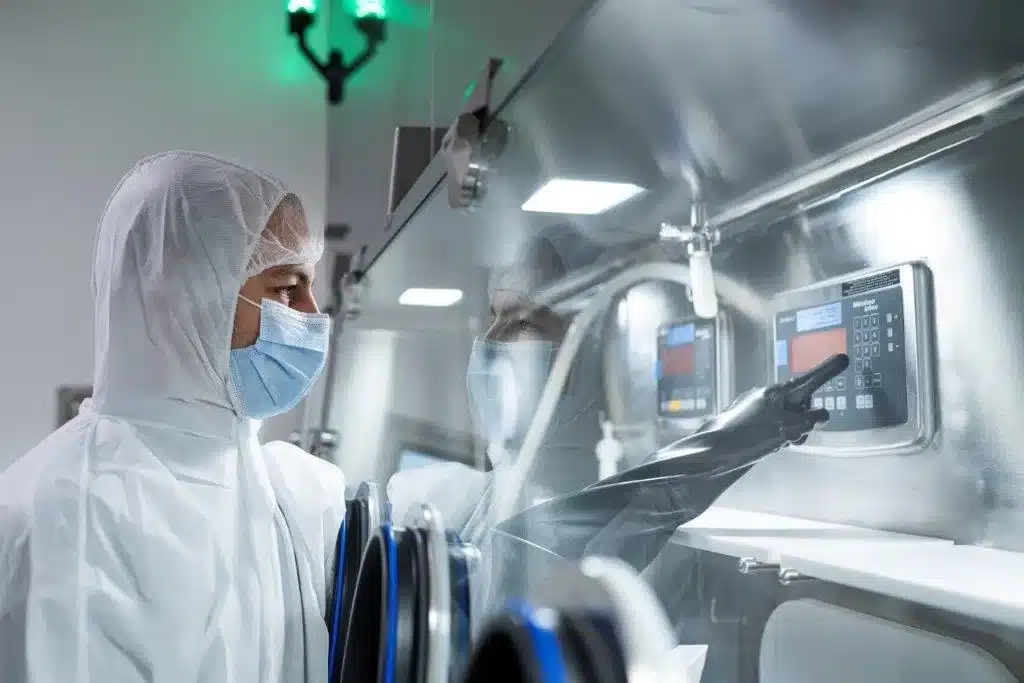Tablet tooling is subjected to a highly demanding process and this everyday use can lead to a number of problems during manufacture. I Holland has developed answers to all tablet tooling problems by supporting tablet manufacturers with simple solutions to combat daily issues. Here are the five most common problems experienced by tablet manufacturers.
1. Handling damage
One of the most common issues experienced is handling damage. There are several stages of the tablet manufacturing process where damage can take place, including unpacking the tooling, loading/unloading the tools in or out of the tablet press, during tool cleaning/maintenance procedures and storage/transportation. If damage occurs it can lead to the production of poor quality tablets, and even further damage to both the tooling and the tablet press. It is important to understand the delicate nature of the tooling and operate good tool care, maintenance, storage and handling procedures, to keep this problem to a minimum.
2. Inappropriate operating conditions
The punch tip, or ‘cup’, forms the profile of the tablet, which can contain detail such as embossing or break-lines. These effectively reduce the strength of the punch tips.
Figure 2: Example of punch tip edges showing cracking and removal from the punch
Problems can occur with small difficult to detect cracks, chipping of the punch tip edges, or even a full piece of the tip edge breaking away. Because high cyclic loading is applied to the cup many thousands of times per running hour, the tip edge is flexing and bending within the clearance between the punch tip and die bore. If operating conditions are not optimised, this can eventually lead to fatigue or brittle fracture, causing the punch tip to fail. These types of failure can be avoided by careful punch and tablet design, correct metallurgical condition and using the appropriate compaction force.
3. Aggressive formulations
Some formulations can cause adverse effects on the punch tips when under compression, such as abrasion, pitting or corrosion. Although tools are manufactured from hardened and tempered tool steel, the demanding processes involved can lead to deterioration if the tool material is not optimised to suit the formulation being compressed.
Figure 3: Pitting and abrasion caused by aggressive granules
Some granules are extremely hard and abrasive and can scratch, wear and impregnate the steel surface. Other granules can contain corrosive elements which react with the steel. These effects can be reduced by understanding the nature of the formulation to be compressed and carefully selecting a material and condition to resist this.
4. Die wear
This occurs especially when compressing hard, abrasive granules and powders. Die wear, or ‘die ringing’, takes place in the area of the die bore where the tablet is compacted.
The wear appears as a double ring due the upper and lower punch tips flexing and bending within the clearance between the tips and the die bores during full compaction. The granule reacts between these surfaces leading to compressive and abrasive wear.
Once wear becomes considerable it leads to problems such as tablet capping or delamination and increased tablet ejection forces. This type of wear can be reduced by utilising the zones in the die bore where the tablet is compacted or by the selection of a harder more wear resistant die material
Figure 4: Examples of die bore wear, otherwise known as ‘Ringing’
5. Incompatibility between punches and the tablet press
The punch heads are subjected to high cyclic loadings, typically 20 kN to 50 kN, many thousands of times per hour of running. If the punches are running tight for any reason there will be resistance between the punch heads and the cams and rollers, adding in high frictional force. This will lead to premature wearing of the heads and eventual fatigue and total breakdown of the metal.
Figure 5: Wear to punch heads
